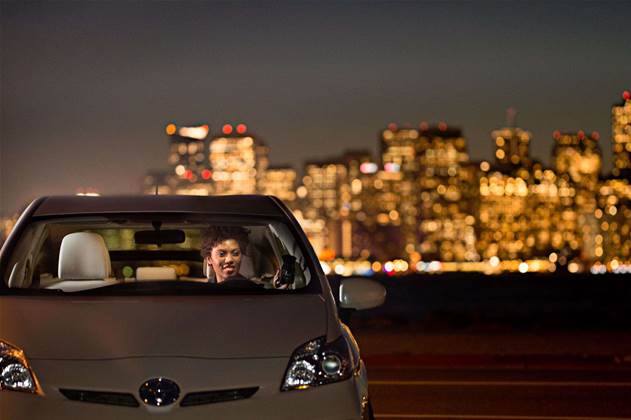One out of every two dollars in global consumption growth will likely occur in Asia over the next decade, and be worth $10 trillion dollars, according to new research from McKinsey Global Institute.

The implications for the automotive sector of this emerging centre of affluence are significant, say the consultants.
According to the authors of a new paper called Asia’s consumers on the move: The future of mobility, “As incomes rise across Asia, more consumers will reach the highest tiers of the income pyramid. Consumption growth will likely be driven more by movement within the consuming class — those who spend more than $11 a day in purchasing power parity (PPP) terms1 — than movement into it."
While Asia’s middle class is likely to exhibit many of the behaviour traits evident in other parts of the world, such as eco-consciousness, and changing brand preferences, there may be at least one area of significant difference — automotive preferences.
For instance, the emergence of ride-sharing businesses is likely to introduce the benefits of personal mobility to a much wider audience more quickly, according to MGI.
“Consumers who cannot afford to own a car can still access private-vehicle-based mobility because it is relatively inexpensive, so price is not a barrier," say the authors. As evidence, they point to the success of companies such as Didi, Grab, Gojek and Ola.
Private ownership of cars will also grow in emerging markets such as India and Indonesia as wealth increases, however, it's in the area of shared mobility that the most interesting contrast with past practice emerges.
According to the authors, “As new forms of shared mobility emerge, such as online ride hailing and robo-taxis, shared mobility is expected to grow to make up 15 to 25 percent of the mobility value pool in Asia.”
They say the growth of shared mobility solutions is likely to be faster in China, whereas to other two population giants — India and Indonesia will experience a more prolonged take-off in shared mobility, “and an acceleration from 2030 onward.”


.png&h=140&w=231&c=1&s=0)

_(22).jpg&h=140&w=231&c=1&s=0)




_(26).jpg&w=100&c=1&s=0)

 iTnews Executive Retreat - Security Leaders Edition
iTnews Executive Retreat - Security Leaders Edition












_(1).jpg&h=140&w=231&c=1&s=0)



